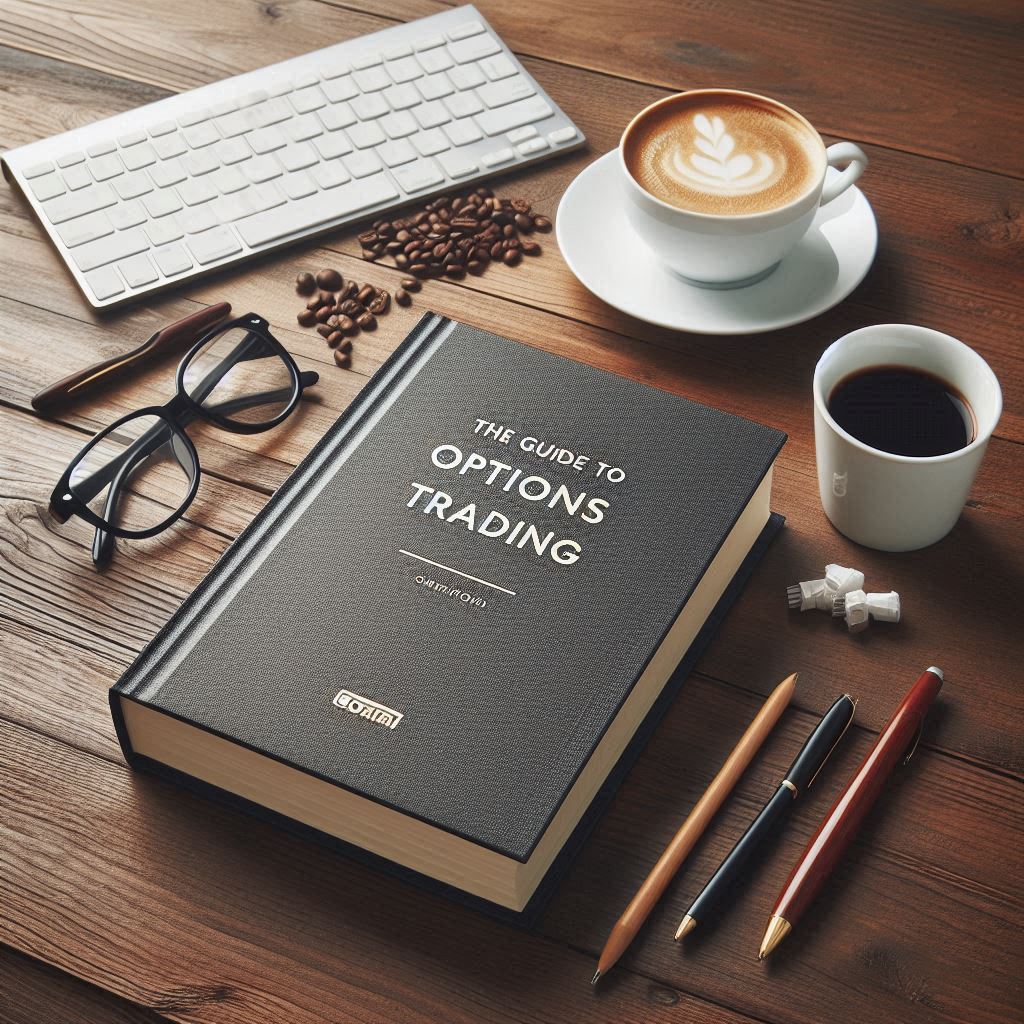The Butterfly Spread is a neutral Strategy that is a combination of both a bull spread, and a bear spread. It is a neutral position that is used when a trader believes that the price of the underlying is going to stay within a tight range through the expiration of the contract.
I like to use a picture of a butterfly to help visualize what and how a butterfly spread in constructed.
The butterfly has symmetry

We will use the left side wings to represent our bull spread of the butterfly and the right side to represent the bear spread side. Also, let us call the body the at-the-money strikes. The outer left and right sides of the wings will be our Bought strikes and the body will be our Sold strikes. In addition, we will consider the area to the left of the wings to be our $50 strike and to the right the $70 strike. The body will represent our $60 strike.
Now, before you fly away with our butterfly, let’s talk about a few key ideas
We have discussed the main factors for building a trade. Two of those main factors are:
- Directional Bias
- Trading high Volatility Stocks
The Butterfly spread is best used when we have a Neutral Directional bias as far as the underlying is concerned. And we want to put on this trade when Implied Volatility is high.
Some traders are bulls, and some are bears. Others are somewhere in the middle and some traders don’t care one way or the other. This latter group understands the importance of engagement and uses a butterfly spread strategy as a low-cost way to stay engaged in the markets.
Butterflies require only a small investment with limited risk. And although the profits are limited, they are larger than the potential risk. And for this reason, the butterfly spread is a viable strategy for a beginning trader.
We will discuss this strategy using calls, but keep in mind, it can also be implemented with puts and a combination of puts and calls.
How do we set up the Butterfly Spread
The setup for the Butterfly is straightforward. Let’s go back to our butterfly image. This spread is typically created using a ratio of 1 in the money (ITM) option, 2 at the money (ATM) options and, 1 out of the money (OTM option).
For instance, let’s say that we want to trade Butterflying. The hypothetical symbol for this name is FLY.
For illustration purposes let us say that FLY is trading for $60.35 and you believe that FLY will remain close to that price for the next 45 days. The 45 days to expiration is also one of our main factors for building a trade.
In this case we may Buy 1- 50 call for$12, Sell 2- 60 call fo $6.00 each, and Buy 1- 70 call for $3.oo. The net cost to put on this trade is $300.00.
The Maximum profit is realized if the price of FLY is at the short strike at expiration. In this case the max profit would be the distance between the short strike and long strike, less the debit paid, or $7.00 ($700.00)
We Calculate our brake even point as follows:
– Upside: Higher Long Option Strike – Debit Paid
– Downside: Lower Long Option Strike + Debit Paid
Butterfly Spreads are a low probability trade
Options traders tend to buy Call or Put Butterfly spreads to take advantage of the non-movement of the underlying stock. This is a low probability trade, but we use this strategy when implied volatility is high. When IV is high the butterfly spread trades cheaper. The spread trades cheaper in this situation since the price of the In-The-Money option consists primarily of intrinsic value. Therefore, selling the ATM options covers a higher percentage of the cost of purchasing both long options. At the money options trade for a higher premium than out of the money options.
Trade Management
Since achieving maximum profit on a Butterfly is highly unlikely, the profit target for this position is lower. Risk and reward go hand in hand. Greater risks go hand in hand with a greater reward. The opposite is also true. A reasonable profit target on a Long Butterfly spread is 25-50% of the maximum profit.
Long Butterfly spreads are low probability, minimal risk trades. For this reason, losses aren’t managed. Max loss is the debit you pay when you put on the trade.





